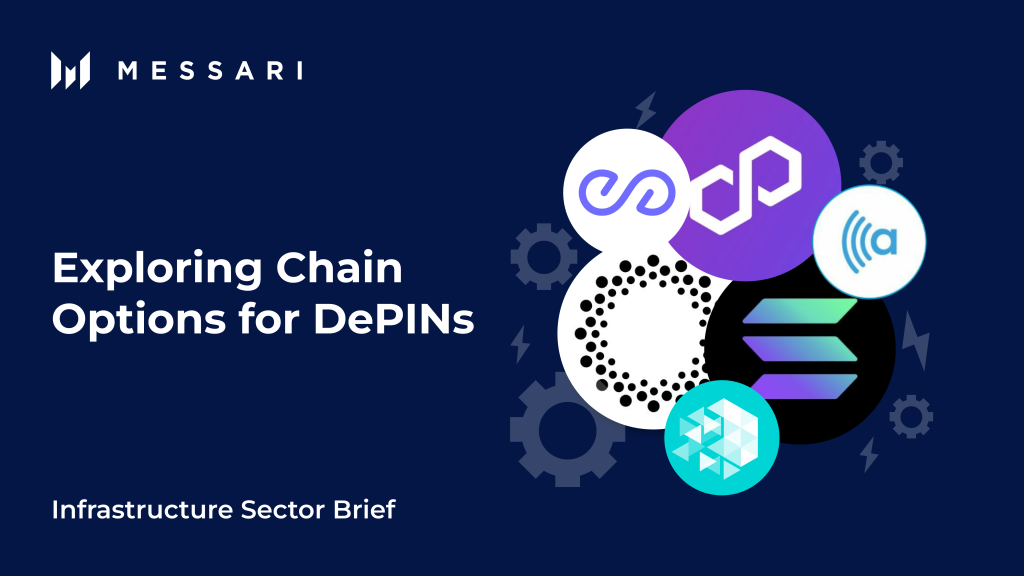Research Summary
The report provides an in-depth analysis of Decentralized Physical Infrastructure Networks (DePINs), a technology that combines blockchain with real-world sensors, connectivity, computing power, and AI. It discusses the modular layers that make up the DePIN ecosystem, including the Hardware Layer, Connectivity Layer, Sequencer Layer, Data Availability Layer, Long-Term Storage Layer, Off-Chain Computing Layer, Blockchain Layer, Identity Layer, and Governance Layer.
Key Takeaways
Understanding DePINs
- Concept of DePINs: DePINs are a revolutionary concept that combines blockchain technology with real-world sensors, connectivity, computing power, and AI. They aim to transform traditional infrastructure frameworks by encouraging community-driven growth through crypto-economic rewards.
- Role of IoTeX: IoTeX is a DePIN-specific L1 with a modular blockchain infrastructure that aims to bridge the real world with Web3. It plays a crucial role in accelerating the market readiness of new DePIN initiatives.
Modular Structure of DePINs
- Modular Layers: DePIN applications involve a sophisticated technology stack composed of various composable and modular layers. Each layer can be independently developed, maintained, or replaced, making the system highly adaptable and easier for developers to work with.
- Integration of Real-World Sensor Data: The integration of real-world sensor data with blockchain technology in DePIN applications opens up a new realm of possibilities. It enables the creation of decentralized solutions that are secure, transparent, and intimately connected with the physical world.
Key Players in DePIN Ecosystem
- Hardware Layer: The Hardware Layer integrates a diverse array of smart devices into the DePIN network. Key players include microcontrollers, single board computers, mobile devices, SDKs, and hardware manufacturers.
- Connectivity Layer: The Connectivity Layer acts as the bridge between smart devices and the broader network. Key players include 5G networks, WiFi networks, Bluetooth, LoRaWAN, and P2P.
Blockchain and Identity Layers
- Blockchain Layer: The Blockchain Layer serves as the backbone of trust, managing identities, transactions, and validating off-chain computations. Key players include DePIN-specific blockchains like IoTeX L1 and general-purpose blockchains like Ethereum and Solana.
- Identity Layer: The Identity Layer oversees both on-chain and off-chain identities for all entities within DePINs. Key players include identity solutions like ioID and zkPass, and AA wallets like ioPay.
Actionable Insights
- Explore the Potential of DePINs: Given the revolutionary concept of DePINs and their potential to transform traditional infrastructure frameworks, it would be beneficial to explore the potential of DePINs in various industries.
- Understand the Role of IoTeX: As IoTeX plays a crucial role in accelerating the market readiness of new DePIN initiatives, understanding its role and contributions could provide valuable insights into the DePIN ecosystem.
- Investigate the Modular Structure of DePINs: The modular structure of DePINs makes the system highly adaptable and easier for developers to work with. Investigating this structure could provide insights into how to effectively develop and maintain DePIN applications.






